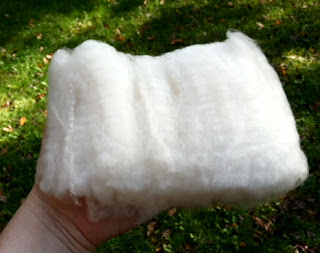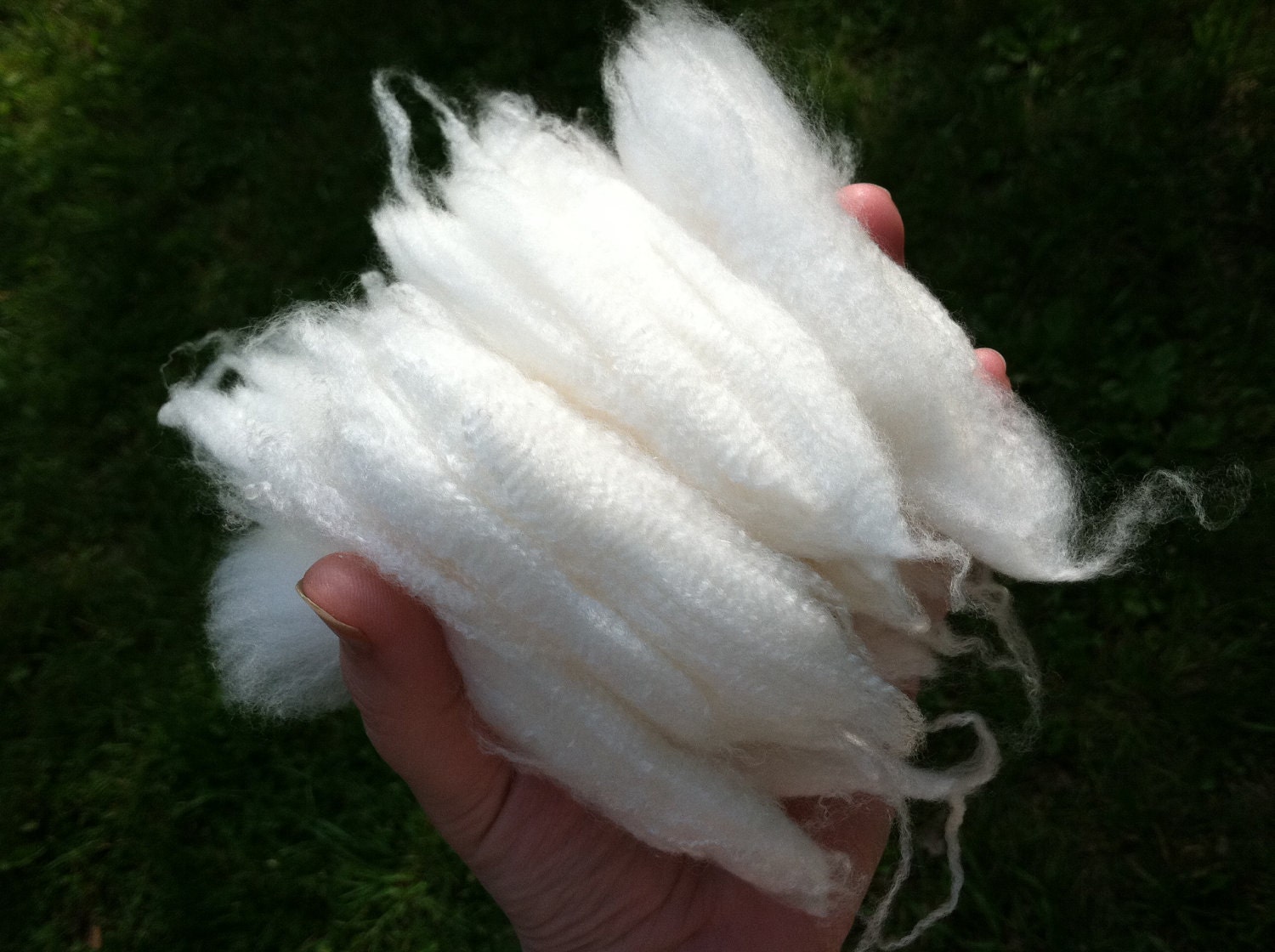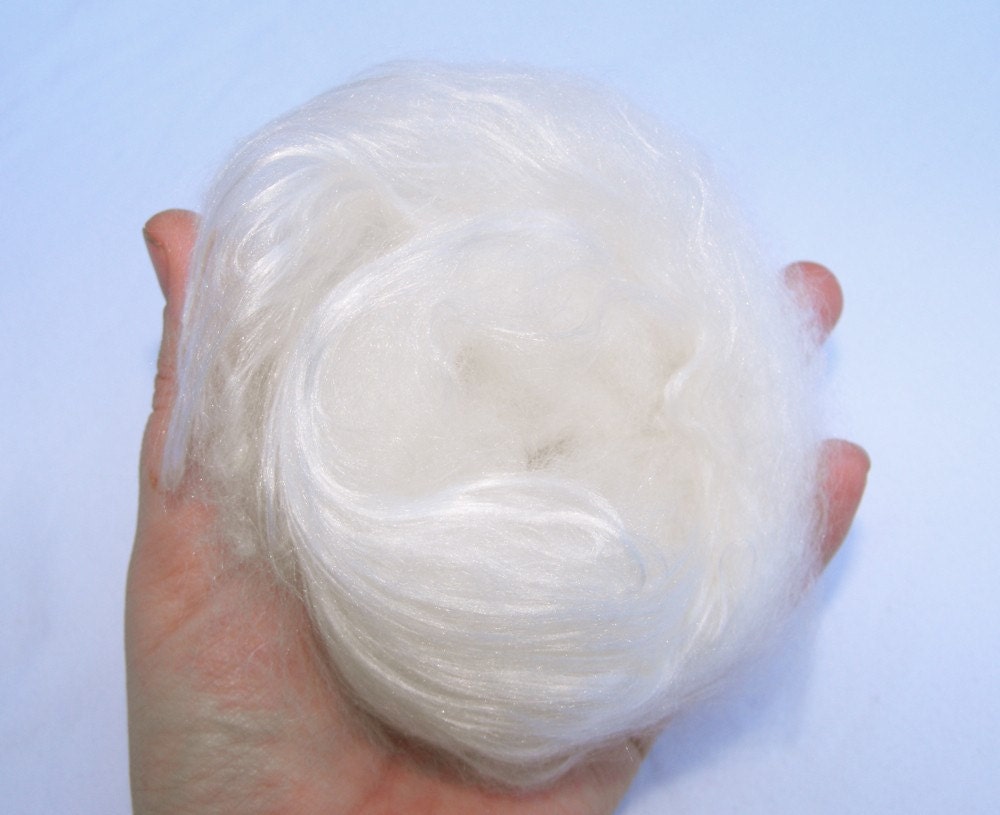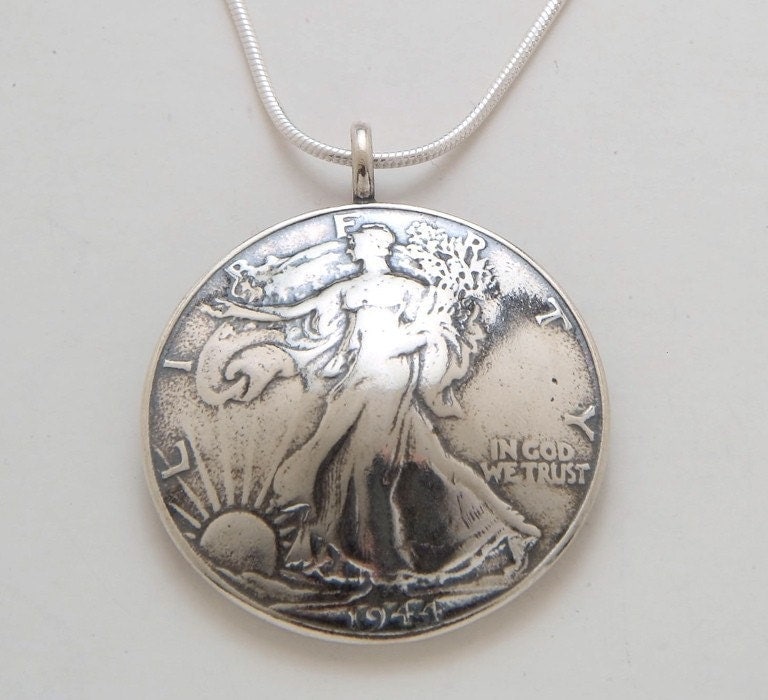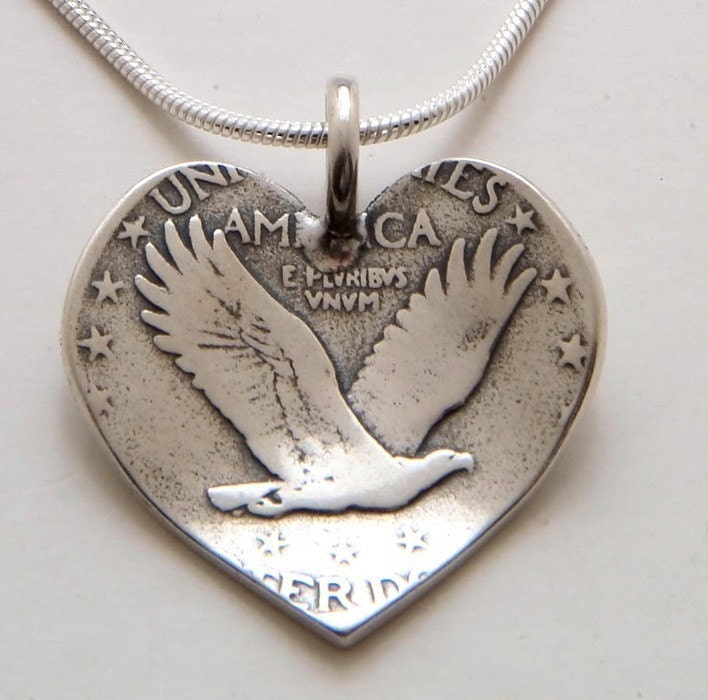Just a short post - what a lovely morning it was! My kids entertained themselves and let me spin some yarn. This is corespun Wensleydale top with tailspun Teeswater locks. :)
Sunday, April 29, 2012
Thursday, April 26, 2012
Fleece to FO(s): Sharlea Merino (& Cormo) Socks
Lately I have been loving processing fleeces! Here's a shot of a BFL lock I washed the other day. YUM! To clean it and preserve the curls, I piece together small locklets into a larger lock, hold one end and dangle
the other end in a pot of hot tap water (I used to almost boil it, but I realized that it doesn't have to be that hot to be effective) with either dishwashing liquid or Unicorn
Power Scour in it, gently swish it back and forth, turn to other end
and repeat, then rinse in a pot of equally hot water the same way, never
squeezing (unless it's a fine wool without curls to preserve), and lie it flat to dry on a towel.
I'd like to share a couple of projects with you, from fleece to finished. I found a (2 year old ram) cormo fleece (from Foxhill Farm) at Rhinebeck that would not allow me to leave it there. The lock formation was incredible!
I washed a clump of it:
...and spun most of the clump (in several separated locks, flick-combed at both ends) into a fluffy yarn sample.
On a separate (but to be related by the end of this project) subject, I was trying to think outside the box with not only my spinning (trying to spin thicker than thread, for example), but also processing. Previously, I had processed fine Sharlea merino only one way (individually formed and washed locks), and that method is extremely time-consuming, though it does yield excellent results. I got the idea to wash a bit of a 13.4 micron Sharlea merino fleece the regular way (as opposed to one lock at a time) and then card it into a batt.
People generally do not card extremely fine wool into batts. When one does so, one runs the risk of creating a bumpy texture. I carded the washed fiber only once, so there was still some visible crimp left, but there were also some bumps (and some short fibers that could be picked out during spinning). Spinning this sample yarn was fun, because I let it become what it wanted to be, an UNBELIEVABLY soft, textured yarn (rather than the traditional extreme laceweight that most people think of as the only thing one can do with extremely fine fibers). This wool has a long enough staple length that I am not worried about the stability of the yarn, even though it is airy and textured.
The raw fleece:
It had some dirty bits:
A bit of the washed fiber (I picked out all remaining bits of dirt, so it came out VERY clean):
Washed fiber going into my Fancy Kitty Kitten Superfine Drum Carder:
Batt (the softness is mind-boggling):
A small braid of roving that I dizzed from the batt:
The sample yarn I spun from the braid:
In a way, it's such an expensive fiber that I feel as if the lock method shows appropriate respect for it whereas this method doesn't. On the other hand, extreme softness is wonderful, and this yarn can be knitted much more quickly into something than an extreme laceweight yarn can.
Here's the tie-in to the cormo...I had enough yarn in each sample for *one* newborn sock. So here you go (cormo at the top and Sharlea merino at the bottom):
Now onto the second project...I used my regular (time-consuming) method for washing Sharlea merino locks one at a time.
I took a small lock and spun this 2-ply thread on a spindle.
Today I knitted this sock (yes, I did) to my original pattern.
Had it been a little bigger, I could have done it in a short time. This tiny, though, it took me over 4 hours. I cannot bring myself, at this time, to knit another one. Since nobody is actually going to wear it, I am going to consider the single sock a finished project. :)
I'd like to share a couple of projects with you, from fleece to finished. I found a (2 year old ram) cormo fleece (from Foxhill Farm) at Rhinebeck that would not allow me to leave it there. The lock formation was incredible!
I washed a clump of it:
...and spun most of the clump (in several separated locks, flick-combed at both ends) into a fluffy yarn sample.
On a separate (but to be related by the end of this project) subject, I was trying to think outside the box with not only my spinning (trying to spin thicker than thread, for example), but also processing. Previously, I had processed fine Sharlea merino only one way (individually formed and washed locks), and that method is extremely time-consuming, though it does yield excellent results. I got the idea to wash a bit of a 13.4 micron Sharlea merino fleece the regular way (as opposed to one lock at a time) and then card it into a batt.
People generally do not card extremely fine wool into batts. When one does so, one runs the risk of creating a bumpy texture. I carded the washed fiber only once, so there was still some visible crimp left, but there were also some bumps (and some short fibers that could be picked out during spinning). Spinning this sample yarn was fun, because I let it become what it wanted to be, an UNBELIEVABLY soft, textured yarn (rather than the traditional extreme laceweight that most people think of as the only thing one can do with extremely fine fibers). This wool has a long enough staple length that I am not worried about the stability of the yarn, even though it is airy and textured.
The raw fleece:
It had some dirty bits:
A bit of the washed fiber (I picked out all remaining bits of dirt, so it came out VERY clean):
Washed fiber going into my Fancy Kitty Kitten Superfine Drum Carder:
Batt (the softness is mind-boggling):
A small braid of roving that I dizzed from the batt:
The sample yarn I spun from the braid:
In a way, it's such an expensive fiber that I feel as if the lock method shows appropriate respect for it whereas this method doesn't. On the other hand, extreme softness is wonderful, and this yarn can be knitted much more quickly into something than an extreme laceweight yarn can.
Here's the tie-in to the cormo...I had enough yarn in each sample for *one* newborn sock. So here you go (cormo at the top and Sharlea merino at the bottom):
Now onto the second project...I used my regular (time-consuming) method for washing Sharlea merino locks one at a time.
I took a small lock and spun this 2-ply thread on a spindle.
Today I knitted this sock (yes, I did) to my original pattern.
Had it been a little bigger, I could have done it in a short time. This tiny, though, it took me over 4 hours. I cannot bring myself, at this time, to knit another one. Since nobody is actually going to wear it, I am going to consider the single sock a finished project. :)
Monday, April 23, 2012
How I Do A 2-Ply Yarn On A Spindle
In a recent comment following another post, Becca asked if I'd share my 2-ply technique. Sure! Here's a project that illustrates it.
I started with this Green Flash BFL/Silk sample from Friends in Fiber.
I separated it into 8 strips and spun a thin single, following each end with its matching end:
In order to ply, I wrapped it around my hand, while holding the inner end so as not to lose it.
Then I took out my thumb, to make tension more reasonable, tied the two ends together and attached the combined end to the spindle.
Finished yarn: 91 yards of 2-ply, self-striping laceweight yarn, weighing .35oz.
I knitted 1.9 grams (17.4 yards, by my calculations) of it into this sweater. :)
Becca, thanks for the question! :)
I started with this Green Flash BFL/Silk sample from Friends in Fiber.
I separated it into 8 strips and spun a thin single, following each end with its matching end:
In order to ply, I wrapped it around my hand, while holding the inner end so as not to lose it.
Then I took out my thumb, to make tension more reasonable, tied the two ends together and attached the combined end to the spindle.
Finished yarn: 91 yards of 2-ply, self-striping laceweight yarn, weighing .35oz.
I knitted 1.9 grams (17.4 yards, by my calculations) of it into this sweater. :)
Becca, thanks for the question! :)
Yarns Of Mine - Supercoil
While my go-to spinning is thread, I also LOVE supercoil yarn! I have never knitted with it, but I love to spin it. Rather, I love to have spun it. The plying is quite labor-intensive. I spin a single with extra twist, with thick and thin bits for interest. To ply, I wrap my core yarn or thread around a toilet paper or paper towel roll with a slit at the top, suspend it in mid-air and unwind it as I need it, pausing quite often to let out the twist. This first one was merino/silk from Corgi Hill Farm.
Here's a supercoil project. I started with baby camel/silk fiber, painted by Zebisis Designs, my favorite dyer in the whole world. This is her photo of the fiber.
I took a braid apart at the yellow and the green and turned it around, so as to do one color repeat, in rainbow order (am I predictable or what?).
I turned the 11-yard (~1oz) skein into this necklace. :)
I took a braid apart at the yellow and the green and turned it around, so as to do one color repeat, in rainbow order (am I predictable or what?).
I turned the 11-yard (~1oz) skein into this necklace. :)
Thursday, April 19, 2012
Finbar: An Original Classic Bear
I have always loved classic teddy bears. I wanted a pattern for an artful, detailed, full-size crocheted classic bear and I couldn’t find one, so I set about coming up with my own. I spent over a year working out the subtle shapes in this bear. The whole bear is done in single crochet, with increases and decreases.
This pattern is more detailed than any of the bear patterns out there. The head, at its largest, is 68 single crochet stitches around, compared with about half that number in even the most detailed thread-crochet bear patterns I have seen. This is not a very fast project, for sure. It is a labor of love, and the quality of the bear will reflect the hours you put into creating it. You can make a whole family of bears with this one pattern. If you use different yarns, they’ll all look different.
I thought about writing a book about classic bear crochet, complete with a section on natural fibers and handspun yarns, with detailed photographs of many different bears at various stages of completion (the head alone would make an excellent paperweight). I spoke (through e-mail) with a publisher at Interweave Press, and she told me that, though she really liked the bear, they wouldn’t be interested in a book with only one pattern in it, no matter how detailed the process. So, here is Finbar, ready for you to crochet and love. I am excited to share my very special bear with you.
This pattern is more detailed than any of the bear patterns out there. The head, at its largest, is 68 single crochet stitches around, compared with about half that number in even the most detailed thread-crochet bear patterns I have seen. This is not a very fast project, for sure. It is a labor of love, and the quality of the bear will reflect the hours you put into creating it. You can make a whole family of bears with this one pattern. If you use different yarns, they’ll all look different.
I thought about writing a book about classic bear crochet, complete with a section on natural fibers and handspun yarns, with detailed photographs of many different bears at various stages of completion (the head alone would make an excellent paperweight). I spoke (through e-mail) with a publisher at Interweave Press, and she told me that, though she really liked the bear, they wouldn’t be interested in a book with only one pattern in it, no matter how detailed the process. So, here is Finbar, ready for you to crochet and love. I am excited to share my very special bear with you.
Tuesday, April 17, 2012
Yarns Of Mine - Thin
I spin all sorts of yarns, from thread to super-bulky coil yarn. Here are a few threads I've spun but have not yet used in projects. :)
This is 13.5 micron Sharlea merino that I washed and spun (the yarn was spun from considerably less than one lock - .7 grams).
Here is a thread I spun (and plied) from a quarter ounce of mulberry silk.
I dyed .5oz of cashmere with blue, green and yellow food coloring (and vinegar) in the microwave. I spun a thin single and did my version of an andean 2-ply. I do it around 4 fingers so I can control the strands as they pull out. It’s 119 yards long.
This is 13.5 micron Sharlea merino that I washed and spun (the yarn was spun from considerably less than one lock - .7 grams).
Here is a thread I spun (and plied) from a quarter ounce of mulberry silk.
I dyed .5oz of cashmere with blue, green and yellow food coloring (and vinegar) in the microwave. I spun a thin single and did my version of an andean 2-ply. I do it around 4 fingers so I can control the strands as they pull out. It’s 119 yards long.
Monday, April 16, 2012
An Owl Sweater For Blythe
I designed this sweater for a Blythe clothing swap, because my swap partner loved owls. With my own cashmere/ultrafine merino/mulberry silk Natural Light Batt sample (this is a picture of the kind of sample I sent in to Phat Fiber...the one I spun myself was carder waste)...
I designed this, line by line, before knitting it, and I have to admit that my brain hurt a bit by the end of writing it up. :) I was thrilled to knit, it, though.
Here is the finished sweater, on my Friendly Freckles Blythe doll (who was upset with me when I told her I had to send it away to another doll).
I spun and plied on a (Zebisis Designs) spindle...
It turned into a .25oz, 56-yard skein of spindle-spun lace weight yarn that I have used for a few small projects.
I also used a bit of two other yarns that I spun. One was cormo cross fleece that I washed and spindle-spun.
The other small bit was mink fiber...I designed this, line by line, before knitting it, and I have to admit that my brain hurt a bit by the end of writing it up. :) I was thrilled to knit, it, though.
Here is the finished sweater, on my Friendly Freckles Blythe doll (who was upset with me when I told her I had to send it away to another doll).
Sunday, April 15, 2012
An Acorn For Theresa
My old friend Theresa, who taught me about microns and fiber quality years ago when I happened upon her alpaca farm and fell in love with her fiber, came over a couple of weeks ago and GAVE me a living room full of beautiful alpaca fiber (seriously - many, many fleeces) from her animals. She retired from the business and wanted the fiber to be used and appreciated. I am in awe of her generosity! Here is the spectrum of fiber:
It's so lovely. I'm doing a giveaway of 4oz on my Stash Enhancement Facebook Page, so please come join in the fun.
There will be jewelry heading Theresa's way! She has chosen the Lady Half Dollar Pendant for herself, and her daughter has chosen the Heart Quarter Pendant.
Her daughter-in-law is going to pick something, too. I’m going to spin and knit a color-progression hat for Theresa, but first I want to get to know the fiber. Here are some washed locks.
I've organized samples into a binder, with info and notes on each fleece.
I spun some yarn on a Spanish Peacock Wenge spindle...
...and knit a little acorn for Theresa. I added the Perfect Knitted Acorn Pattern to my Ravelry Designer Page. :) At the time of posting this here, it has been downloaded 231 times. Neat!
There will be jewelry heading Theresa's way! She has chosen the Lady Half Dollar Pendant for herself, and her daughter has chosen the Heart Quarter Pendant.
Her daughter-in-law is going to pick something, too. I’m going to spin and knit a color-progression hat for Theresa, but first I want to get to know the fiber. Here are some washed locks.
I've organized samples into a binder, with info and notes on each fleece.
I spun some yarn on a Spanish Peacock Wenge spindle...
...and knit a little acorn for Theresa. I added the Perfect Knitted Acorn Pattern to my Ravelry Designer Page. :) At the time of posting this here, it has been downloaded 231 times. Neat!
What fun!!!
Subscribe to:
Posts (Atom)






